Discover 11 hidden attractions, cool sights, and unusual things to do in Ambleside (United Kingdom). Don't miss out on these must-see attractions: Galava, Wray Castle, and Stagshaw Garden. Also, be sure to include St Mary's Church in your itinerary.
Below, you can find the list of the most amazing places you should visit in Ambleside (England).
Table of Contents
Galava
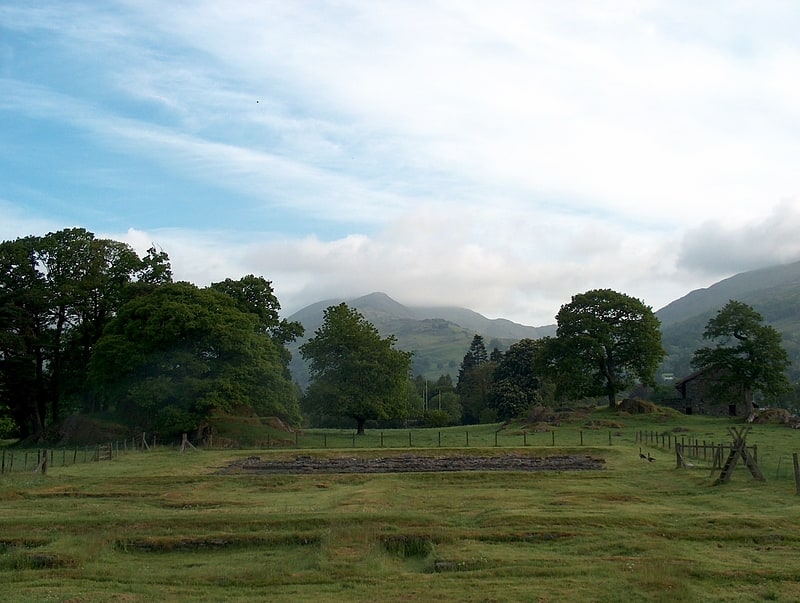
Historical landmark in England. Ambleside Roman Fort is the modern name given to the remains of a fort of the Roman province of Britannia. The ruins have been tentatively identified as Galava, mentioned in the Antonine Itinerary. Dating to the 1st or 2nd century AD, its ruins are located on the northern shore of Windermere at Waterhead, near Ambleside, in the English county of Cumbria, within the boundaries of the Lake District National Park.
The fort guarded the Roman road from Brougham to Ravenglass. There is also assumed to have been a road south to the fort at Kendal. In 2016 it was reported that LIDAR technology had revealed a Roman road running north from Ambleside fort to Carlisle, and another running northwest to Papcastle. These roads had been previously described by John Horsley in his Britannia Romana of 1732.
The ruins are a grade I listed structure. The site is open to the public, and is owned and managed by the National Trust. The site is a scheduled monument with list entry numbers of 1009348 and 1244785[1]
Address: Borrans Road, Ambleside
Wray Castle
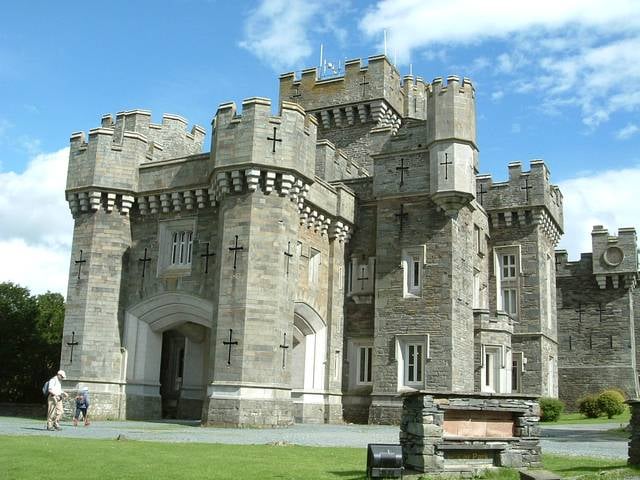
Building in Low Wray, England. Wray Castle is a Victorian neo-gothic building at Claife in the English county of Cumbria. The house and grounds have belonged to the National Trust since 1929, but the house has only recently opened to the public on a regular basis. The grounds, which include part of the shoreline of Windermere, are open all year round and are renowned for their selection of specimen trees – Wellingtonia, redwood, Ginkgo biloba, weeping lime and varieties of beech.
Between March and October, Windermere Lake Cruises operate a passenger boat service from Ambleside and the Brockhole National Park Visitor Centre to Wray Castle.[2]
Address: Low Wray, LA22 0JA Ambleside
Stagshaw Garden

Garden in England. Stagshaw Garden is a woodland garden situated south of Ambleside, in Cumbria, England, and in the ownership of the National Trust.
The garden is noted for its shrubs, including rhododendrons, azaleas and camellias.[3]
St Mary's Church

St Mary's Church is in Ambleside, Cumbria, England. It was built in the 1850s to a design by George Gilbert Scott in Gothic Revival style. The building is Grade II* listed. Notable features include its stone spire, which is a local landmark and an unusual feature in Lake District churches.
The building is constructed of slate, the typical building stone of the locality, and sandstone which is used for dressings and the spire.[4]
Address: Vicarage Rd, LA22 9DH Ambleside
Loughrigg Fell
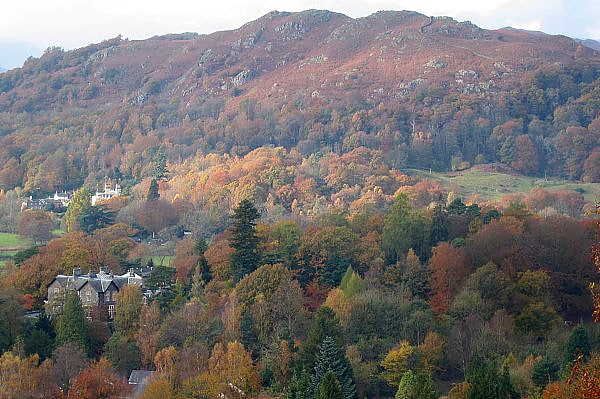
Hill in England. Loughrigg Fell is a hill in the central part of the English Lake District. It stands on the end of the long ridge coming down from High Raise over Silver How towards Ambleside, and is separated from its neighbours by the depression of Red Bank.[5]
Address: Lake District National Park, L A22 Ambleside
Shipman Knotts

Fell in England. Shipman Knotts is a fell in the English Lake District in Cumbria, England. It reaches a height of 587 metres and is situated in one of the quieter areas of the national park, 2 kilometres north-east of Kentmere village. Although not one of the best-known Lake District fells and strictly speaking it is just the southern shoulder of Kentmere Pike it earned a separate chapter in Alfred Wainwright’s Pictorial Guide to the Lakeland Fells due to “Its characteristic roughness…rocky outcrops are everywhere on its steep slopes”.[6]
Thornthwaite Crag
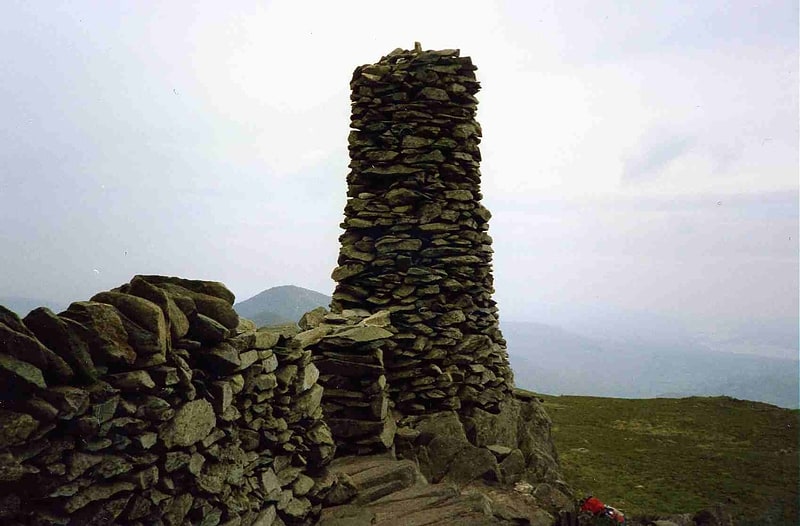
Fell in England. Thornthwaite Crag is a fell in the English Lake District, standing to the west of Haweswater Reservoir. It is a focal point of the Far Eastern Fells, standing at the head of several valleys.[7]
The Knott
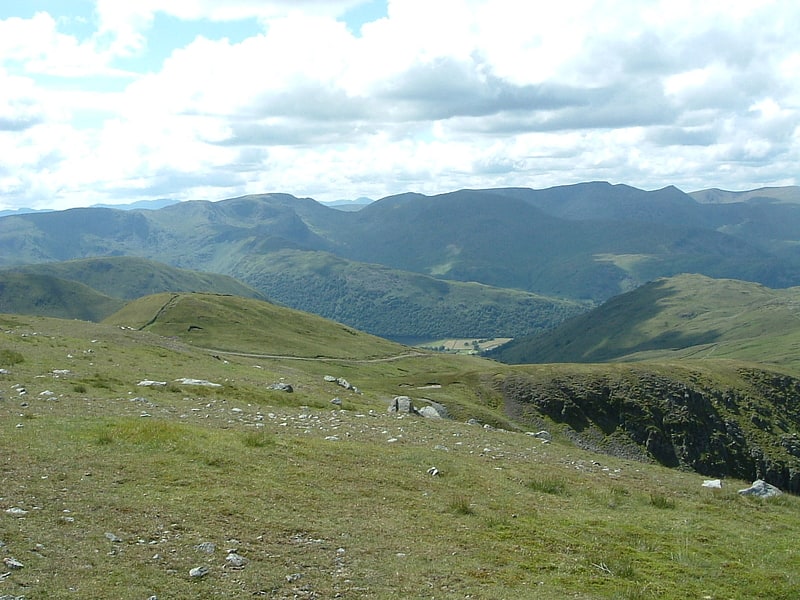
Fell in England. The Knott is a fell in the English Lake District, standing above Hayeswater in the Far Eastern Fells. It is an outlier of Rampsgill Head, being the high point of the ridge from there to Rest Dodd.[8]
Kidsty Pike

Fell in England. Kidsty Pike is a fell in the English Lake District, standing to the west of Haweswater Reservoir. It is a subsidiary top of Rampsgill Head, but has long achieved the status of a separate fell, thanks to its classic peaked profile. Wainwright followed this convention in his Pictorial Guide to the Lakeland Fells.[9]
Mardale Ill Bell
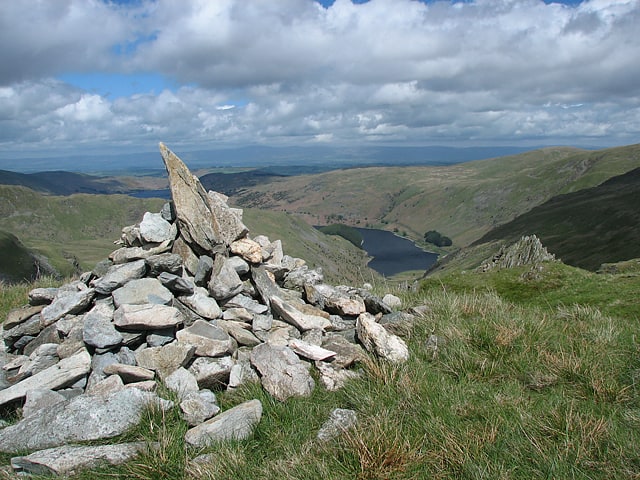
Fell. Mardale Ill Bell is a fell in the English Lake District, rising to the south west of Haweswater Reservoir. It stands on the watershed between Mardale and Kentmere and is the highpoint of the south-eastern ridge of High Street, midway on its course to Harter Fell.[10]
Ill Bell
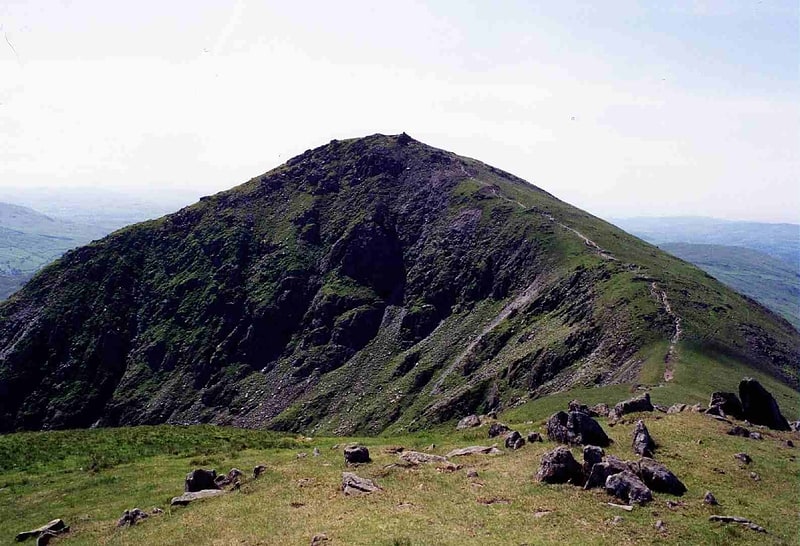
Fell in England. Ill Bell is a fell in the English Lake District, in the county of Cumbria, standing on the narrow ridge between the valleys of Kentmere and Troutbeck.[11]